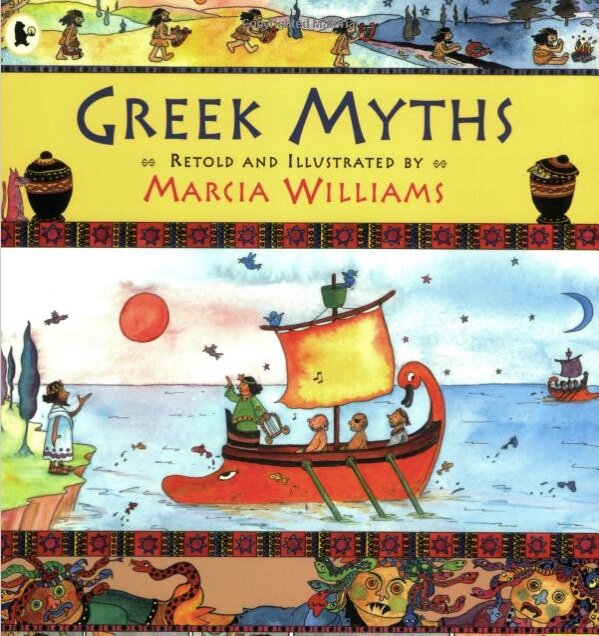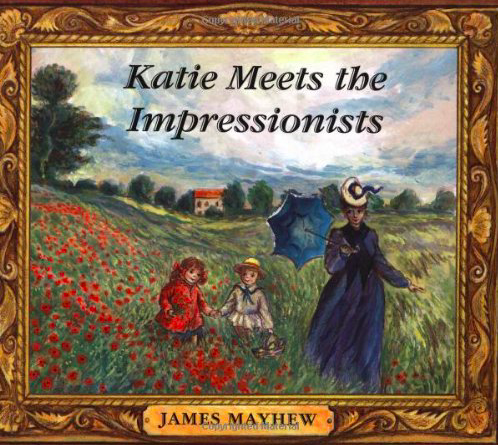Au Musée
Finally visiting Paris’ museums, which I’d learned so much about growing up, truly solidified my belief in the museum as one of the best venues for lifelong learning.
Matt Seymour, via Unsplash.
Paris is a breath of fresh air and a fond memory all in one. Last winter I spent two days there on an attempted solo retreat from a steady stream of busy London life. Observing locals in street corner cafes pleasantly unsure of what might the day might bring always makes me feel ridiculous for holding onto (often self-imposed) stress. Humbled and knocked back into orbit, I roamed the banks of the Seine remembering the pace at which I’ve wanted stroll through life all along.
Aside from wanting (needing) to decompress, my intention in Paris was to simply marvel at beauty; particularly while finally visiting the museums I’d learned so much about as a little girl. My sister and I were incredibly lucky to have been raised by a former educator but perpetual teacher at heart, my doting mom. She made a point of integrating arts and culture into our ongoing education, both as toddlers before we entered the classroom, and as a much-loved supplement to it once we became students. From reading us books about famous artists and ancient societies to taking us to museums and galleries, I don’t remember a time before these experiences cast their impression upon me; one that, evidently, hasn’t faltered.
On a bit of a pilgrimage to see the objects I’d read about in the picture books as a child and in academia as a student, I explored three Parisian museums in as many days. My first impression of the Louvre was surprising let-down. Although home to some of the best-known masterpieces in the world, I found some of the galleries too dimly lit to see details and quite confusing to navigate. The Louvre on a Saturday involves everything people hate about museums: the waiting, the walking, the getting lost, the crowds. But I’d be lying if I said the famous Nike of Samothrace in the stairwell didn’t take my breath away. In a way, the Louvre is like seeing a celebrity you’ve known of forever in real life for the first time: disorienting, sometimes a little disappointing, but ultimately leaves you starstruck.
Bastien Leblanc, via Unsplash.
The serene, thoughtfully-organised Musée Rodin, on the other hand, was the most pleasant of surprises. The great sculptor’s work is exhibited in the beautiful hotel where he once worked, and, in the words of a friend’s mum who has lived in Paris for decades, ‘you just feel ready to move in’. It’s a space that is perfectly representative of the concept of art for art’s sake. The sculptures were made to be admired, designed to capture a moment that moves the viewer; admiration they will get, and movement they achieve without fail.
The Musée D’Orsay is by far my favourite. The space is grand without being overwhelming, brilliantly planned to allow the visitor to float directionless through each room without missing a beat or getting lost. Soaking in an atmosphere of simple appreciation for beauty, and missing my Impressionist-loving mother more than usual, I was reminded of the potential for a place to become sentimental without ever having visited before. Mums lifting their little ones to see paintings mounted at adult-eye-level, dads pointing out interesting bits of sculpture, the families around me reaffirmed that museums have set the scene in the memories of so many others too. And we’re lucky, because if we ever sense those memories starting to fade, we’ll know exactly where to go.
Even as a child, visual culture was a language that spoke to me, but that wasn’t the only reason I loved the space of the museum. In retrospect, I think it clicked with me, as it does with many children, because it translated the theoretical into something visual, sensible and therefore sensical. Hence the frequency of family visits and school trips; teachers and parents like my mom all recognise the museum’s value as a tool for teaching by allowing history, geography, ecology, physics, almost any subject taught in the classroom to unfold before a child’s eyes.
‘The Museum’ by G. G. Kilburne (British Museum).
This need for the visual, I would argue, is something that escapes us when we grow up, though, and although many haven’t visited since our school days, the museum is an irreplaceable venue for our continuing development as adults. We are still curious and sensual creatures who learn as much (or more) by seeing and experiencing as we do by reading and traditional teaching. We are perhaps even more touched by beauty and capable of reflection. We value physical evidence of the ideas we encounter; many of us are far more likely to be operating upon the dogma of ‘seeing is believing’ as adults than we ever did as children. And most of all, as the years pass us by I think we all need a periodic reminder of the promise of leaving something behind in the world long after we’re gone.
So if one space can inspire the cycle of learning and remembering once again, it holds greater power and potential than we realise. Museums are resources we’d be silly not to take advantage of, accessible to all of us when admission is free and a periodic investment worth making (when possible) when it’s not. Collections online invite even more opportunity to explore with the same inquisition and wonder that lit us up as children. While we all have to grow up eventually, there are some traits we don’t necessarily have to grow out of. The museum gives us the grounds, and personally, I think we could all do with a little more play.
Resources for Little (and Big) Humans
A few of the art-themed children’s books I was introduced to growing up, which are still some of my favourites…





